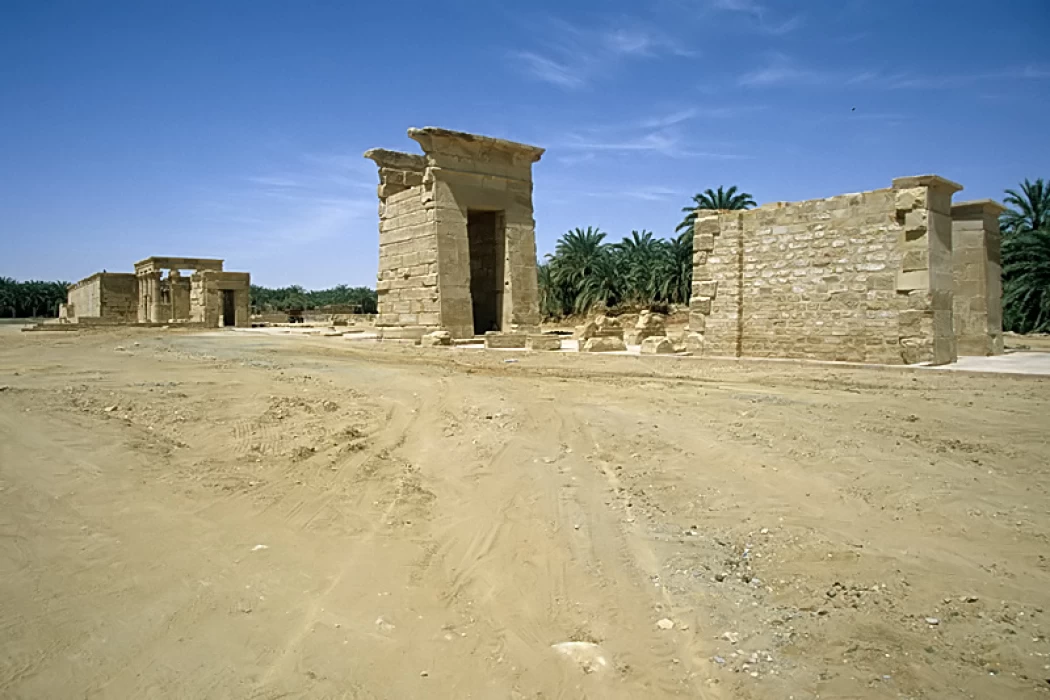
Temple of Hibis in Kharga Oasis
Information about Temple of Dush in Kharga Oasis
The objective of the project is to restore and clean decorations and inscriptions, complete ornaments, clean bird nests and bee hives , clean the fence of the side rooms surrounding the Sanctuary, Install crusts and separate the layers of inscriptions, fill in cracks and gaps, and complete columns, cornices and crowns.
It is considered one of the most important Egyptian temples and tourist attractions in the governorate of Al-Wadi Al-Gadid and represents the different historical eras, pharaonic, persian, ptolemaic and roman. It was built for the worship of the Holy Trinity (Amon - Mout - Khonsou), next to Osiris and Isis.
The temple was called Hibis because of its presence in the oasis of the same name, which is the oasis of «Hebat». "Hibis" is a Greek term derived from "Hebat", a hieroglyphic word meaning plough, and was named so because the oasis was fertile and provided water in springs and wells, which allowed agriculture to flourish at that time.
The most important part of the temple is the Sanctuary; as its three walls are filled with forms of Egyptian and non-Egyptian deities on an area of about 8 square meters, arranged in longitudinal rows from floor to ceiling relatively low from the rest of the temple parts, each row contains a group of deities represented in their own forms. The restoration cost 71 million L.E.














